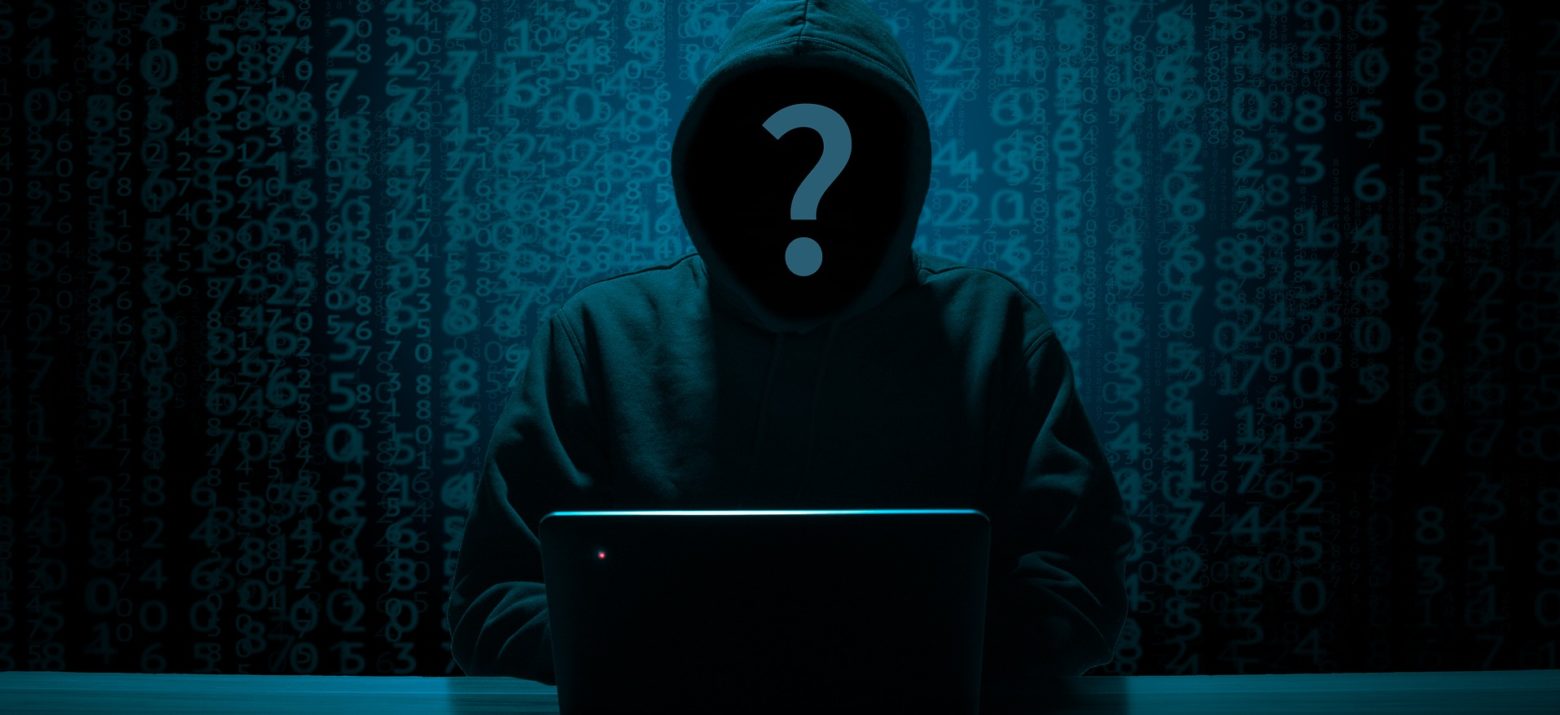Identity theft is one of the most frustrating things that can happen to you. If you’ve ever been the unfortunate victim of this type of crime, you know that it can shoot your emotions through anger, denial, depression, bargaining, and acceptance – basically all five stages of grief. It can take months, if not years, to repair the damage done by a successful credit card thief.
Over the last few years, consumers have been becoming far more informed on the dangers of using their credit cards. We often hear tips and tricks to identity skimmers and swap out card readers.
While it is fantastic for the general public to know to wiggle card readers and watch their servers and cashiers like a hawk, there is a still an area where your card is not safe that needs to be more discussed. We’re talking, of course, about online credit card use and hackers.
How Do Hackers Steal Credit Card Data?
Hackers are a conniving group of people. Those who are good at it have made a living off of digital crime and have found multiple ways to take advantage of people. Some of the methods for obtaining users’ information are complicated and unexpected. This is why so many people have started checking into free VPNs as a way to help feel confident in their online purchases.
We will take a deeper look at VPNs and other prevention methods later. For now, let’s take a look at how the hackers are getting your info:
1. Phishing
Phishing is the practice of attempting to get a person to reveal sensitive information to you while pretending to be a reputable company or figure. Hackers will send emails to individuals with fake email addresses and subjects that make them appear like a legitimate, important message.
They might pretend to be a credit card company, doctor, store, lawyer, etc. These emails try to convince the user that there is a reason for the company to need verification of their personal information, including credit card numbers, and unsuspecting victims will respond with their private info.
What You Can Do to Protect Yourself:
There is a stigma that these types of attacks only work on elderly people, but that is not true. In fact, a study done in 2017 showed that older adults are over 3 times more likely to be suspicious of phishing attempts than younger adults.
Don’t be so confident in your abilities to detect phishing that you ignore warning signs. You should never, ever reveal private information over email. Don’t even follow log in links from emails.
If you need to confirm information or log in to confirm information try calling a business number you know to be real or directly typing in the address to the website you need.
2. Breaching Public WIFI
When you pop into the coffee shop it can be tempting to use the free WIFI, check your credit card balance, answer emails, or a number of things. However, you should be aware that public WIFI is unsecure and very easy for hackers to use as a gateway to your digital information, which includes your credit card numbers.
What You Can Do to Protect Yourself:
Other than not using public WIFI, the fastest and most efficient way to protect yourself on public WIFI is to use a VPN. VPNs on your portable devices can provide you with safety and anonymity even on unsecured networks.
3. Scam Websites
Hackers like to take advantage of easily mistyped web addresses.
If you are trying to get to ABCBillPay.com, they might create ABCDBillPay.com. When you land on the hackers knock-off page, it will look and function just like the legitimate website, which is how people end up entering and submitting their personal information directly into hackers’ hands.
What You Can Do to Protect Yourself:
Always double check that you have typed in your web address properly. Additionally, good malware and virus protection on your system will help by informing you before you land on an untrustworthy web page.
4. Hacking Businesses
We’ve all heard the stories of large businesses with popular websites, reward programs, or company specific credit cards being hacked. This leaves thousands of users with leaked data. It can be frustrating to become the victim of digital crime, especially when it is due to the lack of someone else’s security. There are ways to protect yourself, though.
What You Can Do to Protect Yourself:
Always keep your passwords updated and follow password best practices. Additionally, opt out of saving card information to your online shopping accounts. The convenience is not nearly worth the risk!
5. Malware Implantation
One of the oldest and most well-known ways that cybercriminals get your info, malware implantation is too easy to prevent to still be a problem.
This type of attack works by hackers implanting malware into suspicious links and shared downloads. When you access these files, the malware installs on your system and. through a number of methods, allow hackers access to your computer and all information therewithin.
What You Can Do to Protect Yourself:
Install a good malware protection software. No computer should be functioning without antimalware and antivirus programs. These can stop you from clicking suspicious links and/ or quarantine malware before it is installed on your system.





























